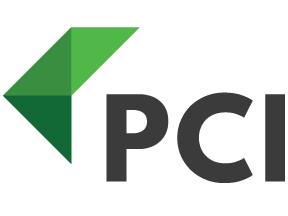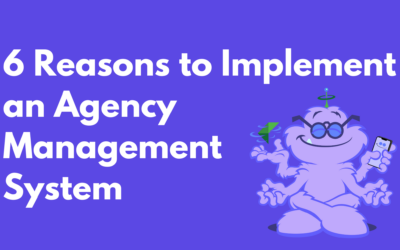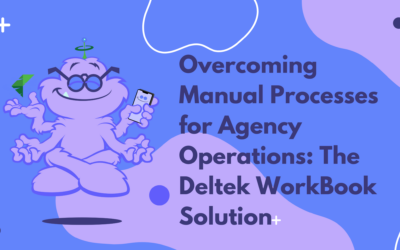This blog was written by Sandy Froonjian, Software Engineer at PCI.
You may have heard the term “API” thrown around at your job here and there but have never really known what it is or what it means. APIs are ubiquitous and most software these days have API capabilities without people even realizing it. That’s because they are only found on the invisible back-end of software. But even though you can’t see them, and they aren’t talked about much, APIs can (and currently do) make your daily tasks much easier.
So, what are APIs? API is an acronym that stands for Application Program Interface. Ok, there you go! Hope this article was helpful! …just kidding. What the heck does application program interface even mean?! To put it simply, APIs are middleware software that connect two other software together. It’s a type of software that allows data to be inserted into, pulled from, updated in, or deleted from a different software. The types of actions APIs can do is often abbreviated as CRUD, which stands for Create, Read, Update, and Delete/Destroy. To get technical, there are two types of APIs – SOAP (Simple Object Access Protocol) and REST (Representational State Transfer). SOAP and REST dictate the HTTP protocol used to interact with the data. SOAP has more rigid standards and requires a little more work for the programmer, whereas REST is simpler and more flexible to work with.
Now that you understand what an API is, let’s talk about how they are beneficial to you! (Because otherwise, what’s the point of any of this?) Whether you realize it or not, you encounter APIs every day that make your life a little bit more streamlined. For example, if you’ve ever tried logging into a website, and it asked you if you want to login using Google, META, Twitter, etc., that is all thanks to an API. Similarly, connecting to PayPal when checking out on an online store is also the work of an API.
Here are PCI, we don’t work with Google or META. Instead, we use even cooler programs… accounting software! The API team connects to whatever third-party HR/payroll/expense-reporting software our clients use by gaining access to that software’s API. We also connect to their Deltek system (Costpoint) using Deltek’s API. We then export data from either system and import it into the other. There is a lot of room for flexibility and customization here, the client can choose if they want the data to flow from the third-party software to Costpoint, from Costpoint to the third-party software, or even have it flow bi-directionally. These functions are then automated to run on whatever schedule the client asks for. By connecting your software together like this, a more efficient workflow is created, because you will no longer have to enter the same data in two sperate systems. Say good-bye to duplicate entries!
All in all, you can think of APIs as the middlemen of software. I like to use a restaurant analogy to describe them, our clients’ third-party software are like the customers at a restaurant, Costpoint is like the chefs, the API is like the server, and the data is like the food. The process goes like this:
- The customer (software 1) tells the server (API) what they want.
- The server takes that request and brings it (data) to the chef (software 2).
- The chef gives the server what they asked for (data).
- The server brings it to the customer.
We have already created several types of API integrations at PCI with dozens of different software, and we are always open to creating brand new ones. Stay tuned for a separate article where we go into detail about the types we have done so far!
If you are interested in learning more about PCI’s ASTRATA API integrations check them out here!




